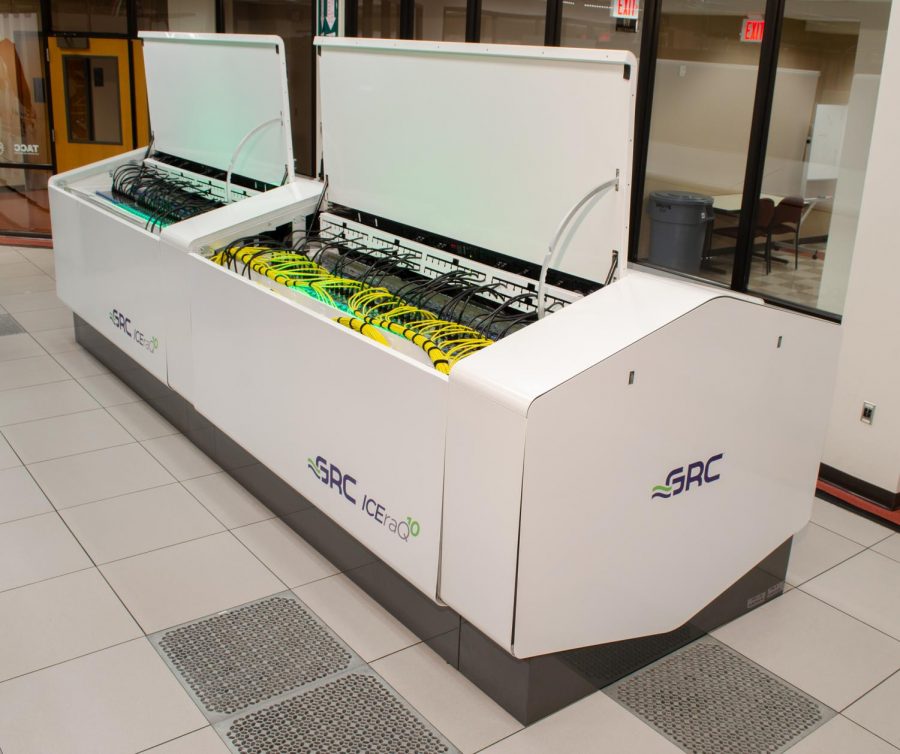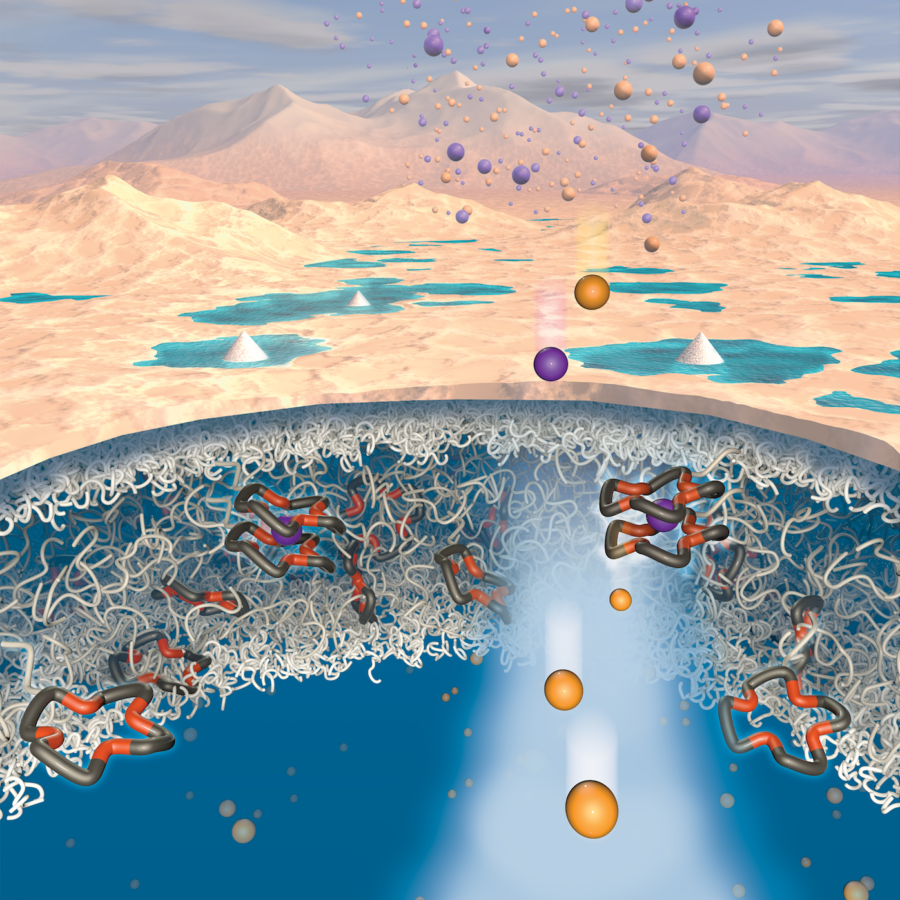Cheaper, more efficient batteries could result from new anode materials developed by Cockrell School of Engineering researchers. The Interdigitated Eutectic Alloy, or IdEA, anode was designed by Texas Materials Institute director Arumugam Manthiram’s lab to improve lithium-ion batteries, which are found in several everyday devices from cell phones to electric cars.
According to Karl Kreder, postdoctoral fellow in the Manthiram Lab, traditional lithium-ion batteries use graphite anodes, which require a multi-step process and contain inactive materials that reduce energy density. Kreder said a lot of battery research has focused on anodes with alloying materials, or mixed metals, that require nanotechnology in order to be effective. However, the research on these nanostructure-based alloy anodes was limited by a significant parameter: cost.
“It’s good, interesting science, and you definitely learn from doing it, but a lot of (the nanotechnology-based anodes) couldn’t actually be made in a factory, just because they would cost way too much,” graduate research assistant Brian Heligman said.
The UT researchers sought to find more cost-effective and efficient battery anode materials than traditional graphite and previously studied alloys. Kreder, Heligman and Manthiram published their findings in the journal American Chemical Society Energy Letters.
“Karl (Kreder) had thought of this really elegant way, in my mind, to make a nanomaterial but make it in this cheap, scalable way,” Heligman said.
Kreder’s design reduces a multi-step manufacturing process into a single, simple step — the same step that is used to make aluminum foil.
“It’s so simple and it works quite well. That’s why it’s super interesting to us,” Kreder said.
According to the researchers, the process is not only far cheaper than previously used or studied methods, but it also results in an anode with higher energy density per unit mass and per unit volume than a traditional graphite anode.
“There’s really only ever been five mass-produced materials that have been made into a lithium-ion battery (anode),” Kreder said. “We think this could be a sixth.”
The researchers have tested a tin-aluminum alloy, which is only one of the IdEA anode materials, and it still needs refinement before it can be commercialized. The team is working to improve the anode’s cyclability, a measure of how many times the anode can be recharged, to a commercial level.
“We’re substantially farther on the curve than graphite was to start out,” Kreder said. “I think it can definitely be achieved. It’s just going to take time and money to do it.”
In addition to refining the tin-aluminium anode, the team will continue to explore the ten different IdEA anode materials.
“The idea of cold-rolling alloys into nanostructure has never really been explored for these batteries,” Heligman said. “We’ve been … trying to demonstrate that this is a broadly applicable design framework, rather than just an individual material.”
Kreder said that knowledge of metallurgy, or the study of metals, inspired him to develop his research ideas. According to Kreder, metallurgy is a relatively well-described subject, so most material scientists do not look to the field for novel research ideas.
“No ‘battery person’ is sitting there thinking about metallurgy,” Kreder said.
He added that if he hadn’t been a teaching assistant for a specific class, he too might have never thought about it.
As a TA for the materials engineering lab, Kreder became familiar with the type of alloys that would be used in IdEA anodes. Kreder said that two years later, he was able to connect battery research to the metallurgy knowledge he gained from his TA experience.
“That’s the cool thing about science. You’re always trying to bring disparate things together,” Kreder said. “At some point, you’re gonna connect the dots that you wouldn’t have otherwise seen.”




















